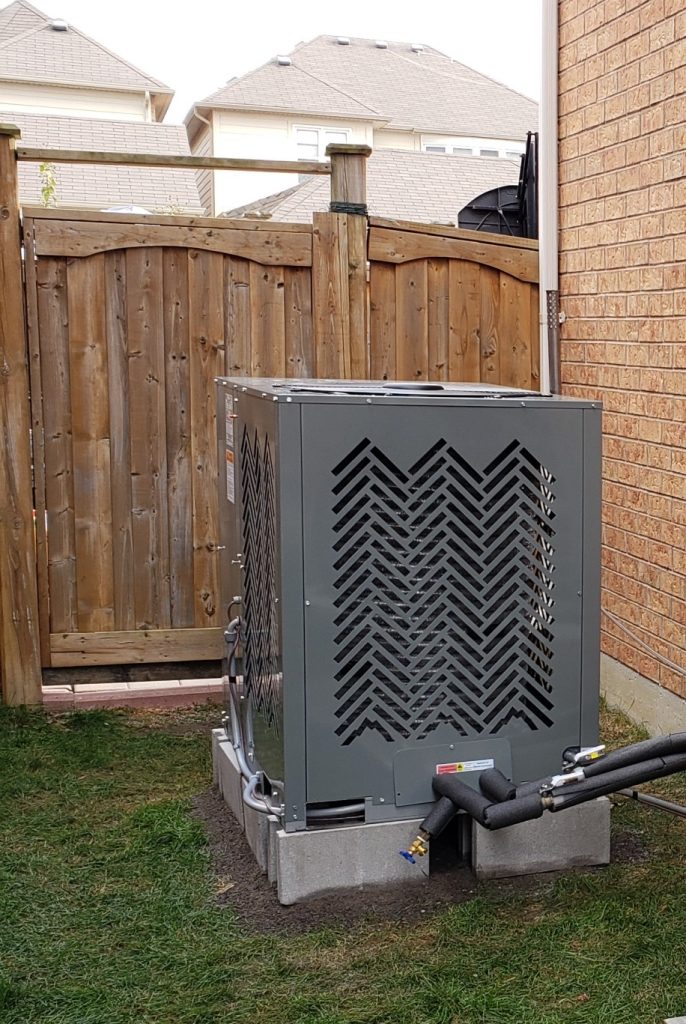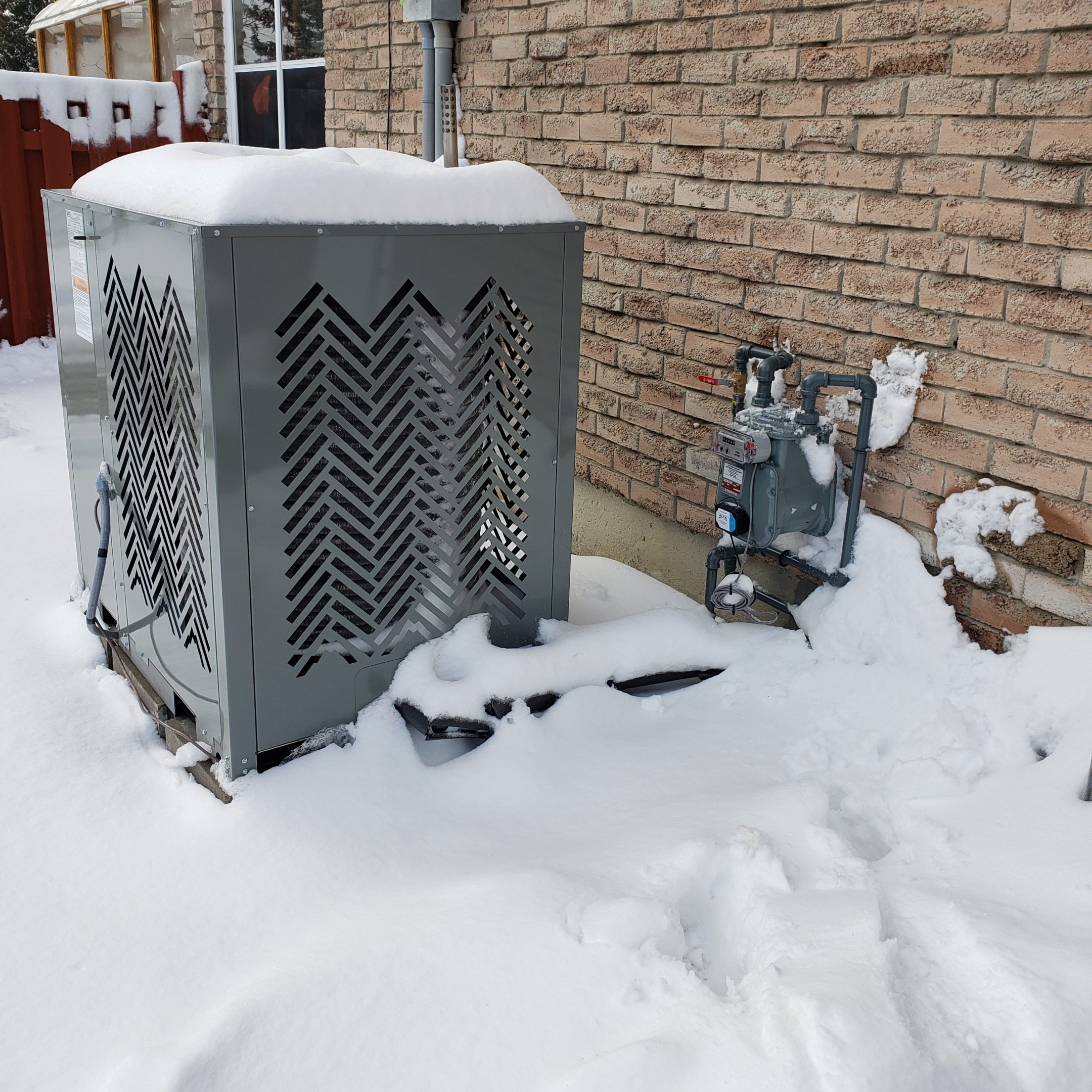Gas heat pumps (GHPs), also referred to as thermally driven heat pumps, are emerging as a promising technology to enhance heating and cooling efficiency while reducing greenhouse gas (GHG) emissions. By leveraging natural gas combustion to drive the heat pump process, these systems offer a resilient and energy-efficient solution, particularly in colder climates where traditional electric heat pumps face performance limitations.
GHPs provide a practical pathway for homeowners, businesses, and industries to enhance the environmental performance while maintaining reliable and efficient heating solutions. This article explores the advantages, technological advancements, market potential, and policy implications of gas heat pumps in Canada.

How do gas heat pumps (GHPs) work?
Gas heat pumps operate by using natural gas combustion to power a heat pump cycle. Heat can be sourced from the air, water, or ground, as with electric heat pumps. However, traditional electric heat pumps lose efficiency in extremely cold temperatures because their ability to extract heat from the air diminishes as outdoor temperatures drop. As a result, they require supplemental heating, often from electric resistance elements, which reduces overall efficiency.
Gas heat pumps, on the other hand, benefit from an additional heat recovery process. They capture and utilize the waste heat from combustion, significantly improving overall efficiency and maintaining performance above 100% efficient even in frigid conditions. This makes them an attractive option for regions with harsh winters, as they can continue to provide consistent and cost-effective heating where electric heat pumps struggle.
Why consider gas heat pumps (GHPs)?
Gas heat pumps present a range of benefits for residential, commercial, and industrial applications, including:
- GHG emission reduction: By maximizing the use of natural gas, including renewable natural gas (RNG) and potentially hydrogen, GHPs have lower emissions compared to conventional heating methods.
- Superior cold climate performance: Unlike electric heat pumps, which struggle in extreme cold, GHPs maintain high efficiency even at low temperatures, making them a reliable heating option in Canada’s climate.
- Utilization of existing infrastructure: These systems integrate seamlessly with current natural gas networks, reducing installation complexity and costs.
- Compliance with future energy standards: Federal and provincial policies are increasingly favouring technologies with greater than 100% energy performance, positioning GHPs as a viable solution.
Despite their potential, gas heat pumps face some barriers to widespread adoption:
- Limited awareness: Many homeowners, businesses, and HVAC professionals remain unfamiliar with GHP technology. Education and outreach efforts are needed to increase adoption.
- Availability constraints: While commercial units are available, residential models are still in early-stage production. Expanding manufacturing capacity will be critical for adoption.
- Limited: Currently, the initial costs remain high due to small-scale manufacturing. However, costs are expected to decline as manufacturing scales up.
- Regulatory uncertainty: While policies favoring high-efficiency heating solutions exist, explicit support for gas heat pumps is still in development. Incentive programs need to be expanded to include GHPs.
To overcome these challenges, industry stakeholders—including manufacturers, utilities, and government agencies—are developing a roadmap to mainstream gas heat pumps by 2035. Key phases include pilot programs (2022-2025), expanded HVAC training and distribution networks (2025-2028), and large-scale adoption with improved product affordability (2028-2030).
Conclusion
Gas heat pumps offer a compelling solution for Canada’s heating and cooling needs, particularly in colder climates where electric alternatives may fall short. By leveraging natural gas combustion, they provide efficiency, resilience and affordability, positioning GHPs as a key player for a lower-emission energy future.

The coming years will be crucial in determining GHPs’ place in Canada’s evolving energy landscape. Expanding pilot programs, improving affordability through economies of scale, and integrating GHPs into incentive programs will be essential for widespread adoption.









